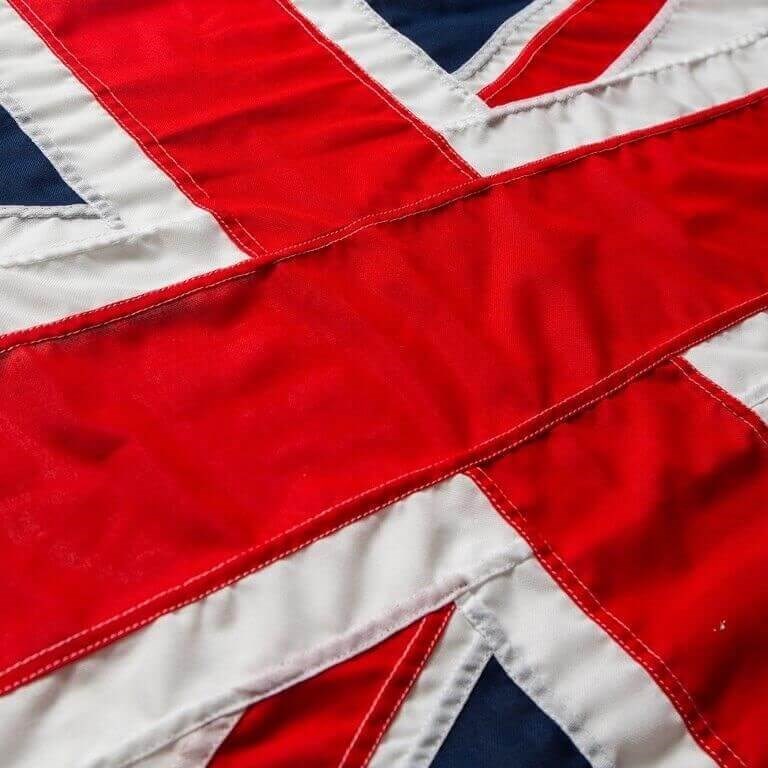Our Mexico flags are produced in the traditional 2:1 ratio used for National flags in the UK so this flag will match others of the same size if you are flying several flags together. We use a MOD grade Knitted Polyester which has been tested for its durability and suitability for production of flags.
Trivia
Technical Specifications
| Adopted | September 16, 1968 |
|---|---|
| Proportion | 4:7 |
| Design | A tricolour, bearing equal thirds green, white, and red, in vertical bands from left to right. In the centre is a crest depicting a cactus planted on a rock in the water, upon which is an eagle, attacking a rattlesnake. |
| Colours | PMS: Green: 3425 C, Red: 186 C CMYK: Green: 100% Cyan, 0% Magenta, 59% Yellow, 32% Black; Red: 0% Cyan, 92% Magenta, 82% Yellow, 19% Black |

Brief History
The indigenous Aztec Empire was defeated by Spain in 1521 it became a colony of the Spanish Empire. During the Spanish occupation both the Cross-of Burgundy and The flag of Spain was taken up to represent New Spain.
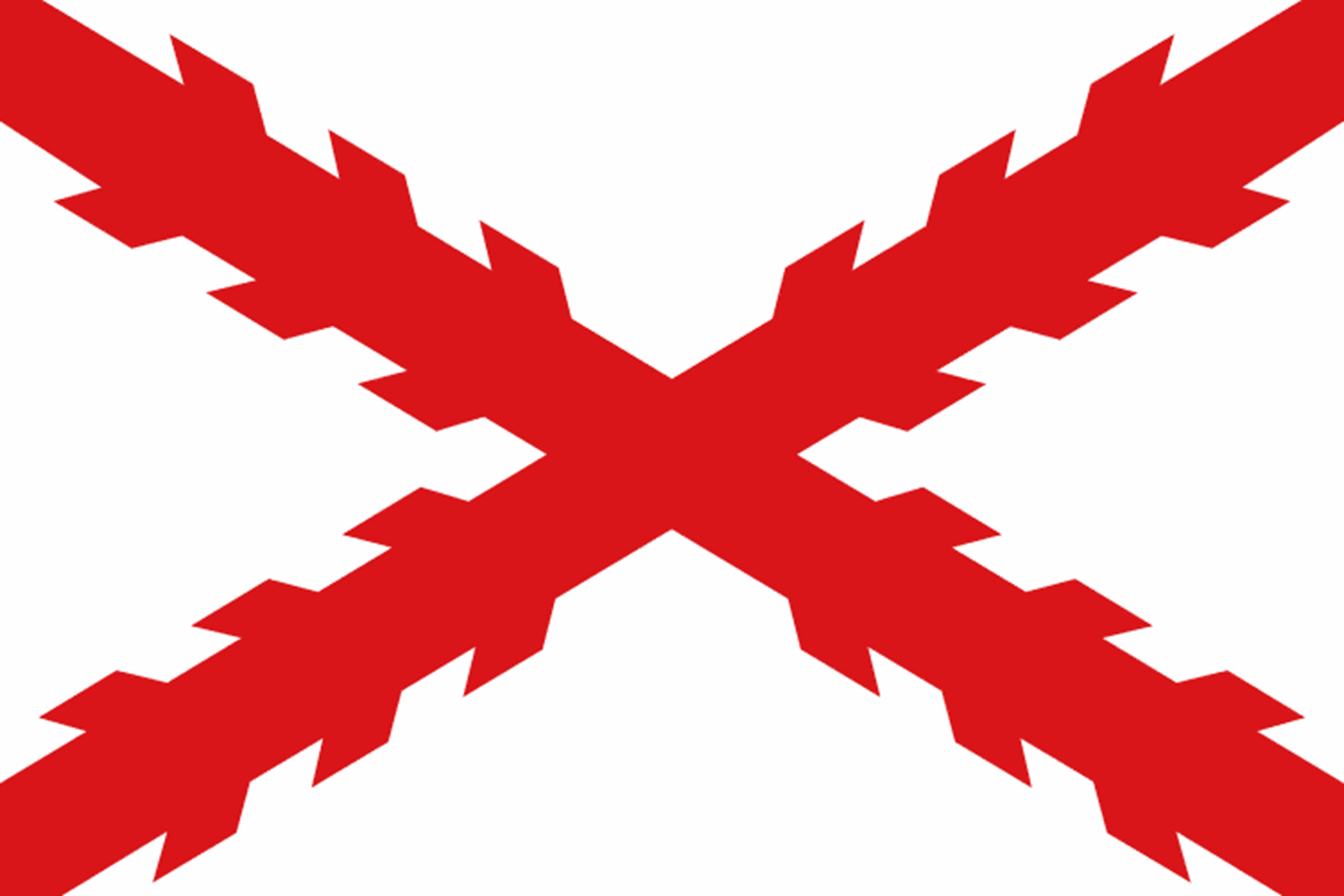
The Cross of Burgundy
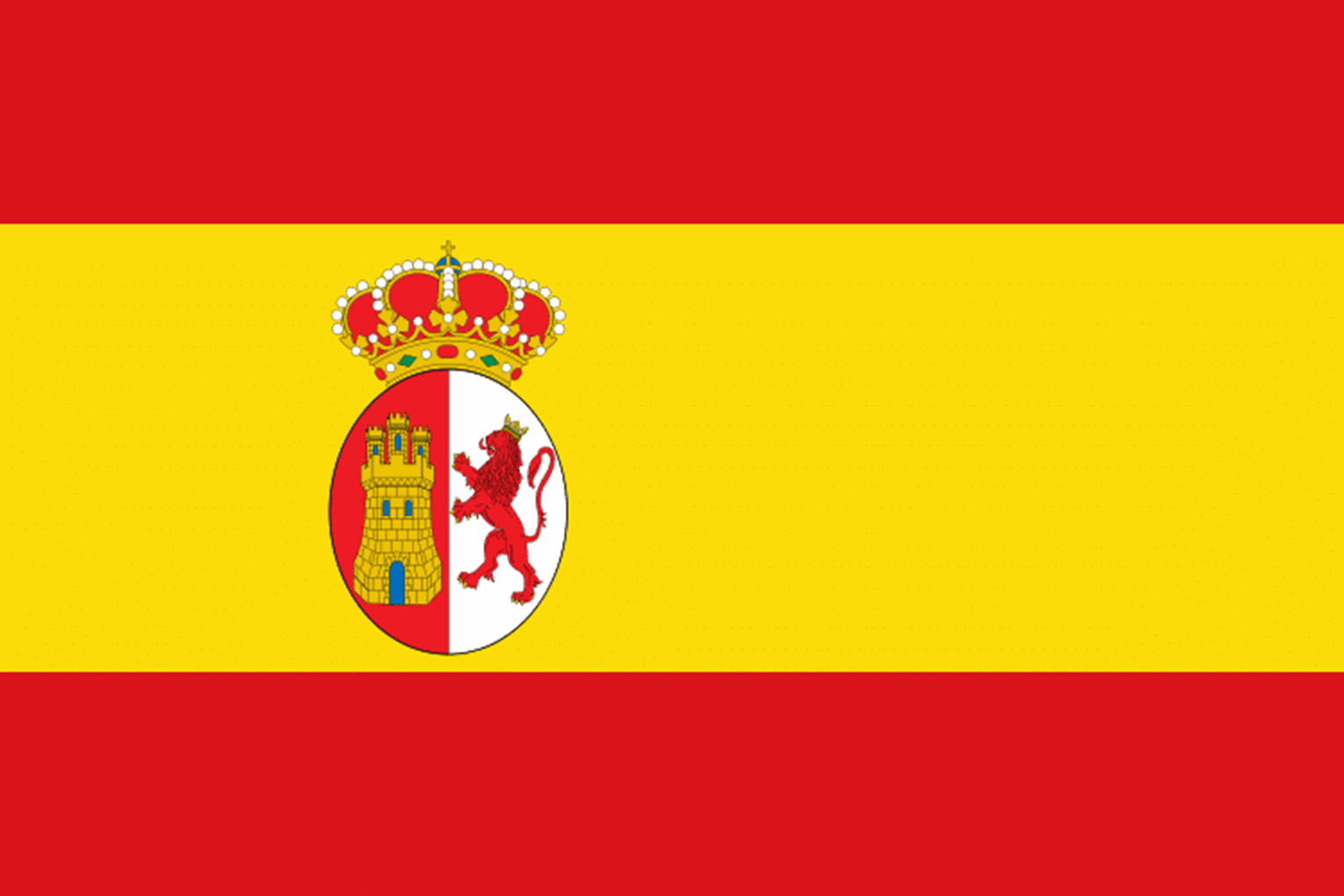
The Flag of Spain
From the beginning of the Mexican War of Independence the rebellion used the symbol of the Virgin of Guadalupe to bring people together.
When military commander Augustín de Iturbide defected to the rebellion the Army of the Three Guarantees was assembled and a new diagonal tricolour flag bearing three stars was created.
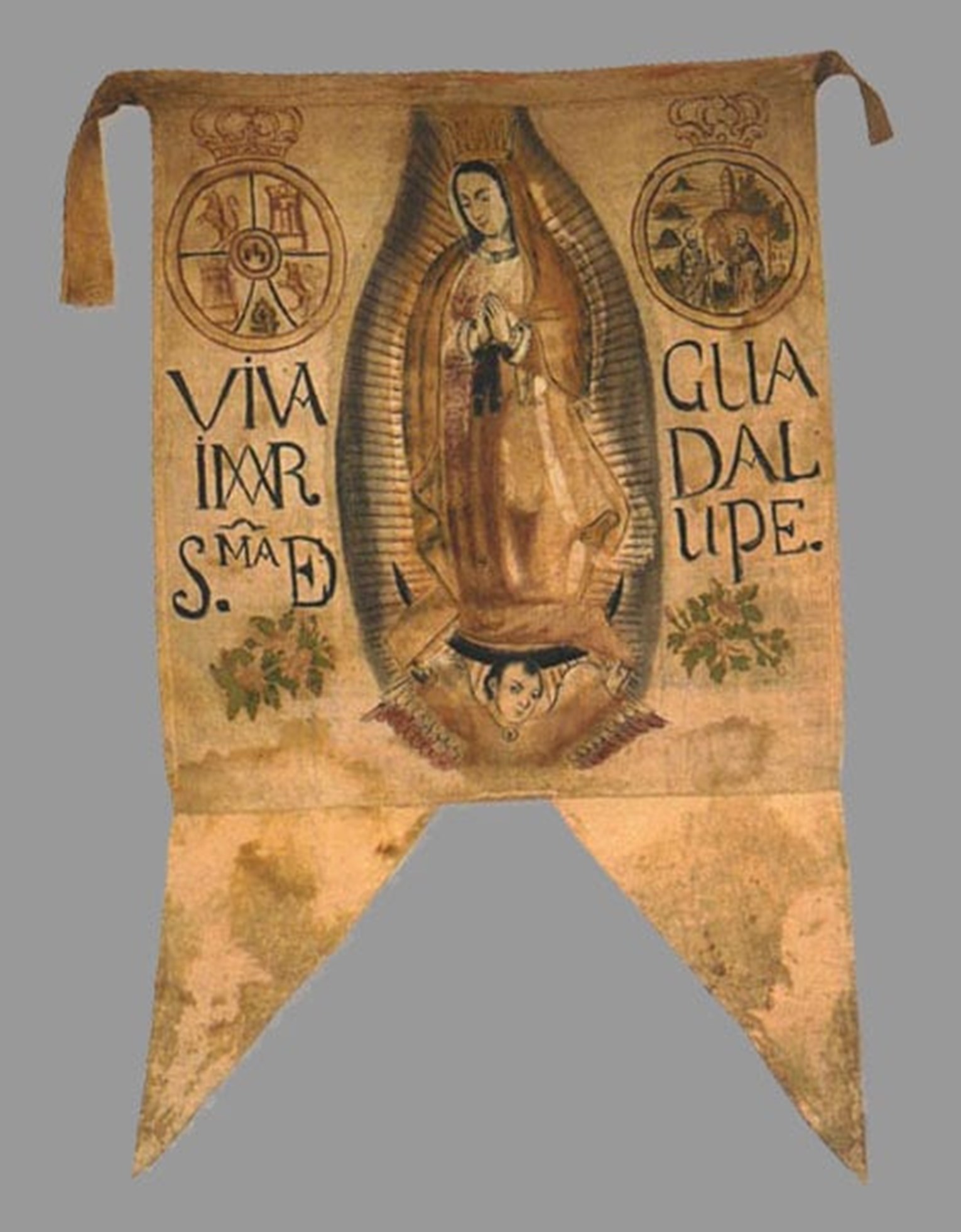
The Standard of the Virgin of Guadalupe
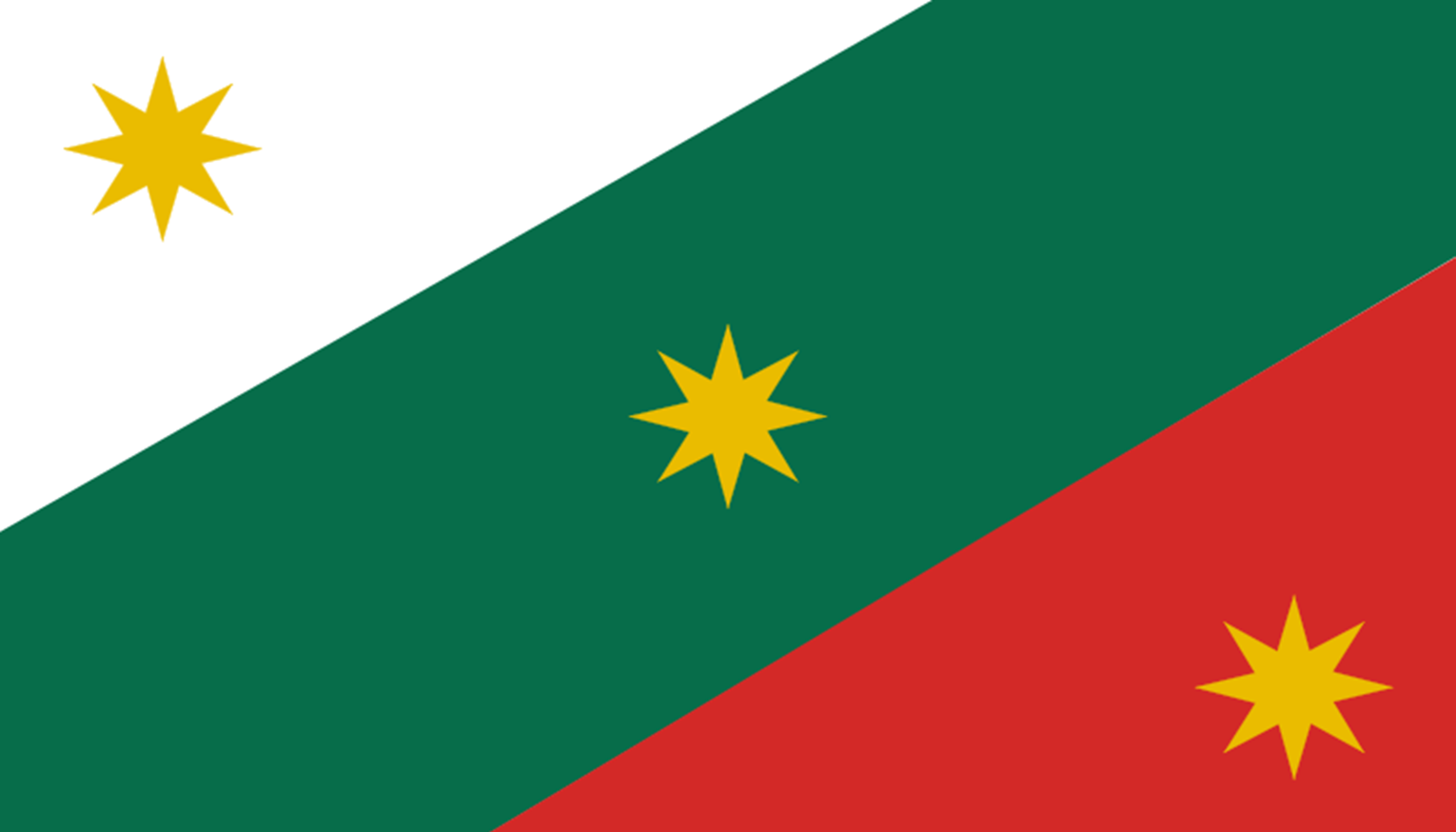
The Flag of the Three Guarantees
In 1821 Mexico City was occupied by the rebellion and independence was won. Elements of the Flag of Three Guarantees were incorporated into the first national Mexican flag.
Mexico was declared to be an Empire with its head of state, Agustín de Lturbide, chosen as Emperor. A new flag that said to have been designed by the Emperor himself and bore many of the elements of today’s Mexican flag.
An eagle, perched atop a cactus on rocky ground, wears a golden crown. This device is set in the centre of a tricolour in green, white and red.
The green colour served as a symbol of independence, the white colour as a symbol of religion and the red colour as a symbol of unity between the ethnic Spaniards and the native Americans of the region.
The eagle is drawn from Aztec mythology, in which the people are commanded to build a city (formerly Tenochtitlan, now called Mexico City) on the ground where an eagle can be found attacking a snake, upon a cactus.
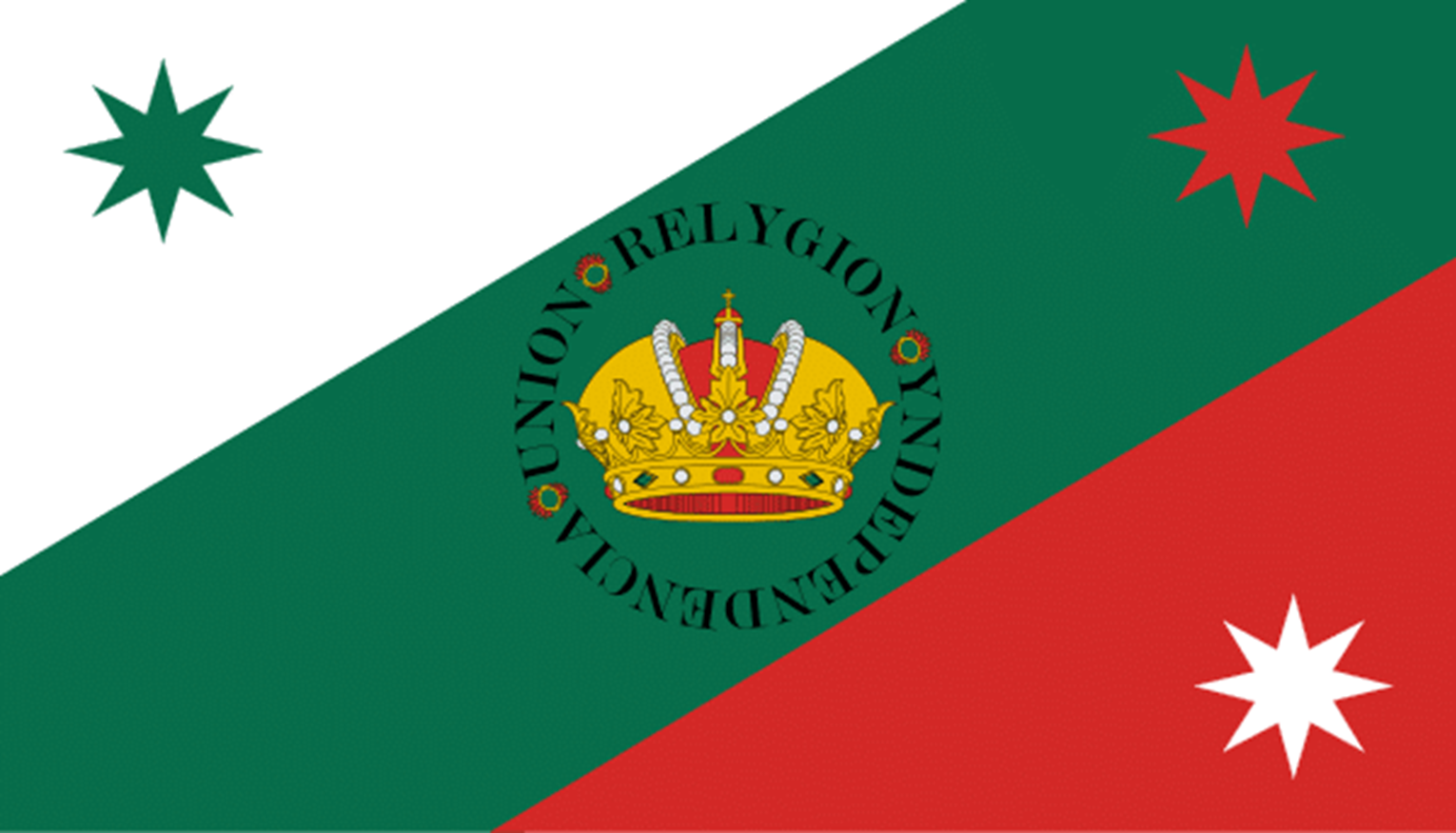
The Independent Mexican Flag

The Flag of the First Empire of Mexico
Following the abdication of the Emperor in 1823 the Mexican Republic issued a modified design of the Imperial flag. This time, a garland of leaves tied with a bow formed a crest around the cactus, and a rattlesnake was depicted in the clutches of its captor the eagle.
Mexico’s failure to repay outstanding loans to France, Spain and Britain lead the Emperor Napoleon III the invade the country and introduction of a monarchy sympathetic to French interests. The newly crowned Emperor Maximillian commissioned a new Mexican flag not only bearing the eagle and snake motif, but also ostentatiously laden with rampant griffins and the golden trappings of royalty.
The griffins bore a scroll, enscribed with the motto “Equidad en la Justicia”, or “Equity in Justice”. The colours now symbolised hope (green), purity (white) and religion (red).

The Flag of the Mexican Republic
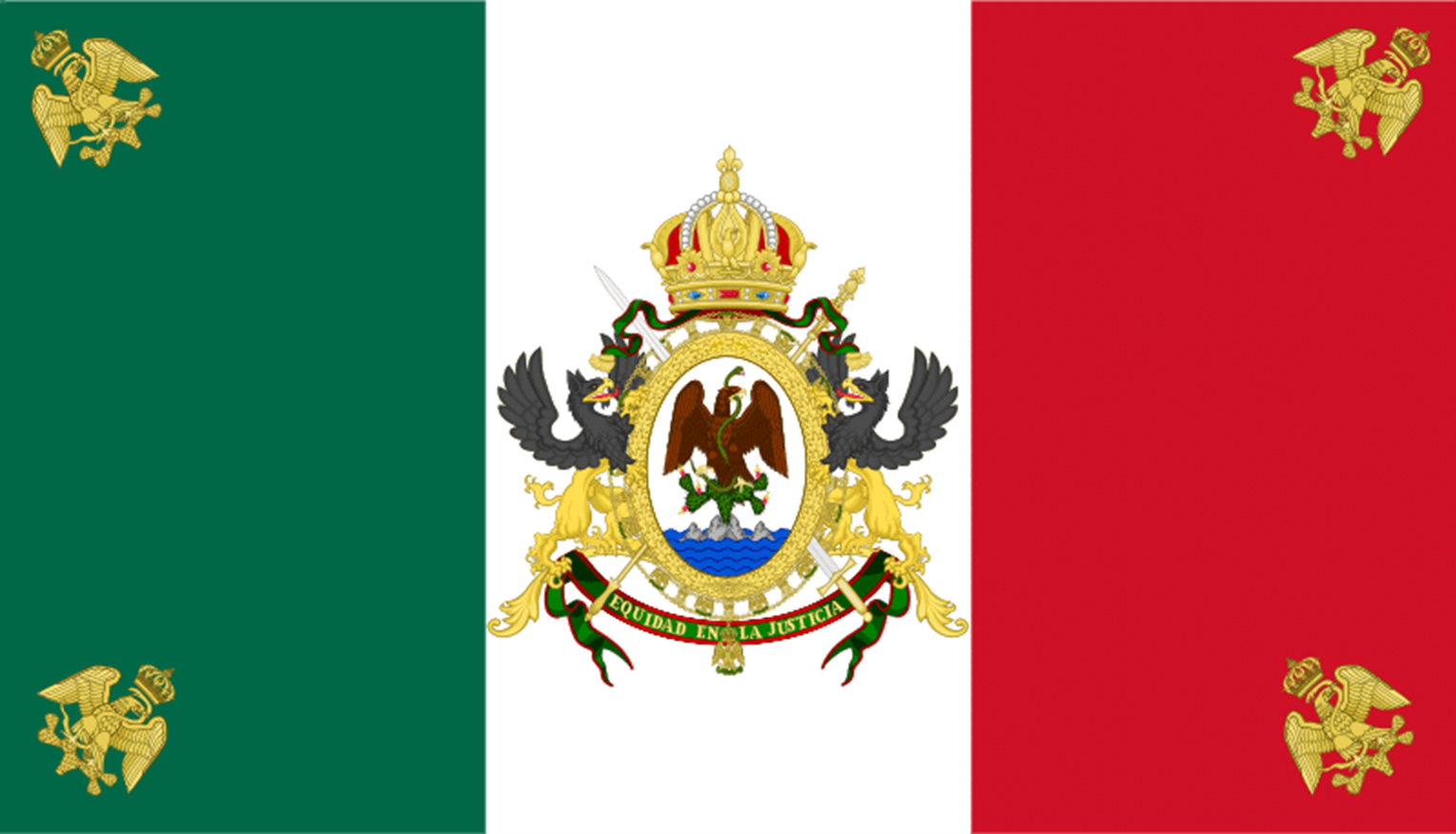
The Flag of the Second Empire of Mexico
At the end the American Civil War came to a close the United States demanded the withdrawal of French forces from Mexican territory. Without French support, the Emperor was soon defeated and executed by US-backed republican insurgents. The former flag of the Mexican Republic was reinstated.
There have since been several designs for the official Flag of Mexico, all of which followed the same conventions as the original Federal Republican design. The most recent flag was issued in 1968. Its central Coat of Arms is cartoon-like; with the distinctive markings of a diamond-back rattlesnake.

The Flag of Mexico
Useful Links
Download Our Brochure
Download our electronic brochure to check out the full range of products we can supply you with.
Download NowContact Us
See a flag you like? We can manufacture any flag design in any size, speak to one of our experts to find out more.
Contact Us
